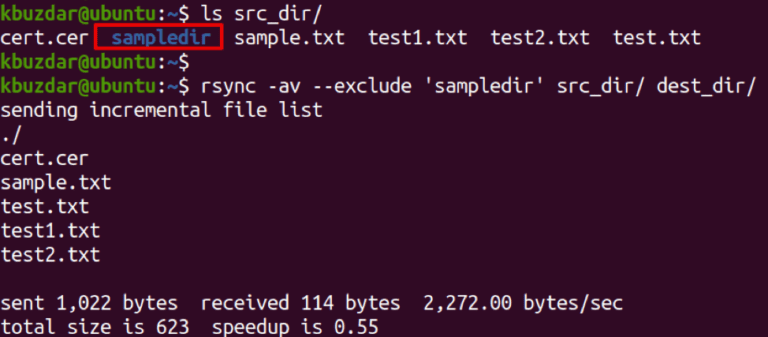
But the use of rsync as a daemon for transfers over fast connections, as is usually the case in a local network, is useful. This is the main reason why I favor the use of SSH for my transfers, besides, since SSH is secure, many servers have the SSH daemon available. When we use rsync as a daemon or when we use RSH, the data that is send between computers travels unencrypted, so, if you are transferring files between two computers in the same local network, this is useful, but this shouldn't be used to transfer files over insecure networks, such as the Internet. Additionally to this, the behavior of rsync can be throughly customized, helping us to automatize backups, it can also be run as a daemon to turn the computer into a host and allow rsync clients connect to it.īesides the copying of local files and folders, rsync allow us to copy over SSH (Secure Shell), RSH (Remote Shell) and it can be run as a daemon in a computer and allow other computers to connect to it, when rsync is run as a daemon it listens to the port TCP 873.

Rsync counts with a famous delta-transfer algorithm that allows us to transfer new files as well as recent changes to existent files, while ignoring unchanged files. It supports the creation of incremental backups. It can be used as an advanced copying tool, allowing us to copy files both locally and remotely.

Rsync is a very versatile copying and backup tool that is included by default in almost every Linux distribution. Running rsync as a daemon (moved to it's own section) Transferring files between two remote systems Its use as a daemon when SSH is unavailable was moved to it's own section.ĭealing with whitespace and rare charactersĬompressing the files while transferring them From the copying and synchronization of local files and folders, to it's use for transfer information among computers. 5.In this post I cover the basics of rsync, in preparation for a subsequent post that will cover backups and it's use in conjunction with cronjobs to automatize the backup process. Thus, in our command, we exclude all hidden files and directories via “.
#Grsync exclude directory plus#
When rsync works, it’s going to apply the filters on files it needs to copy.Ī plus “+” indicates “include”, while a minus “-” means “exclude”. In the command above, the -f option defines a filter, and a rule follows. The rsync command supports the filter option -f to make including/excluding definitions easier.įor example, we can write our command in a shorter form: rsync -av -f ". Sent 315 bytes received 137 bytes 904.00 bytes/secĪs the output above shows, all hidden objects are not copied to the parentDir3 directory. Now, let’s give it a try: $ rsync -av -exclude=".*" parentDir/* parentDir3 Therefore, if the hidden objects contain sensitive data, this approach may create security holes. Further, if the target device is a remote filesystem, we don’t know if file-synchronization services are running. Once the copy command fails or takes a long time, the sensitive data can stay on an insecure device for a pretty long time. We may think that would be ok since we delete them immediately after the cp command is done.

If we copy everything to the target, the sensitive data will be automatically transferred to the target devices. That’s one reason we want to exclude them during copying. Second, sometimes, hidden files or directories contain sensitive data. In a worse case, if the hidden objects are large enough, the target device may not have enough space to store them. That is to say, it may lead to a performance problem. If this is the case, this approach will unnecessarily copy the large objects and then delete them. First, a hidden file or directory can be huge.


 0 kommentar(er)
0 kommentar(er)
